Audi Q5 vs Renault Trafic Bus – Which model is better for everyday use?
Both models have their strengths – but which one suits you more?
Compare performance, efficiency, price and space directly: Audi Q5 or Renault Trafic Bus?
Costs and Efficiency:
Looking at overall running costs, both models reveal some interesting differences in everyday economy.
Renault Trafic Bus has a somewhat advantage in terms of price – it starts at 38200 £, while the Audi Q5 costs 44800 £. That’s a price difference of around 6589 £.
Fuel consumption also shows a difference: Audi Q5 manages with 2.50 L and is therefore clearly more efficient than the Renault Trafic Bus with 6.70 L. The difference is about 4.20 L per 100 km.
Engine and Performance:
Power, torque and acceleration are the classic benchmarks for car enthusiasts – and here, some clear differences start to show.
When it comes to engine power, the Audi Q5 has a significantly edge – offering 367 HP compared to 170 HP. That’s roughly 197 HP more horsepower.
In acceleration from 0 to 100 km/h, the Audi Q5 is clearly quicker – completing the sprint in 4.50 s, while the Renault Trafic Bus takes 10.60 s. That’s about 6.10 s faster.
In terms of top speed, the Audi Q5 performs distinct better – reaching 250 km/h, while the Renault Trafic Bus tops out at 180 km/h. The difference is around 70 km/h.
There’s also a difference in torque: Audi Q5 pulls clearly perceptible stronger with 550 Nm compared to 380 Nm. That’s about 170 Nm difference.
Space and Everyday Use:
Whether family car or daily driver – which one offers more room, flexibility and comfort?
Seats: Renault Trafic Bus offers decisively more seating capacity – 9 vs 5.
In curb weight, Audi Q5 is slight lighter – 1910 kg compared to 2031 kg. The difference is around 121 kg.
In maximum load capacity, the Renault Trafic Bus performs significantly better – up to 4000 L, which is about 2527 L more than the Audi Q5.
When it comes to payload, Renault Trafic Bus clearly takes the win – 982 kg compared to 565 kg. That’s a difference of about 417 kg.
Who wins the race?
The Audi Q5 proves to be is largely superior and therefore becomes our DriveDuel Champion!
Audi Q5 is the better all-rounder in this comparison.
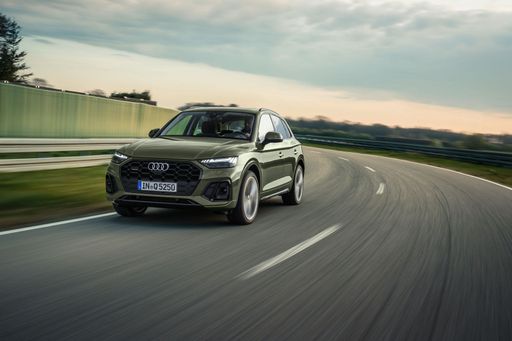 @ Audi AG
@ Audi AG
Audi Q5
Audi Q5
The Audi Q5 feels like the sensible luxury choice — polished cabin materials, a calm ride and enough tech to keep commuters and weekend adventurers equally pleased. It won't shout for attention but will quietly check the boxes for buyers who want refinement, space and everyday usability with a dash of Audi charisma.
details @ Audi AG
@ Audi AG
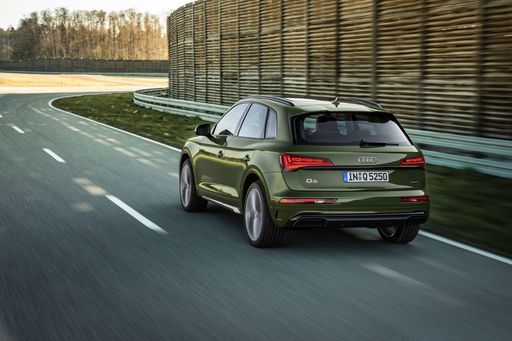 @ Audi AG
@ Audi AG
 @ Audi AG
@ Audi AG
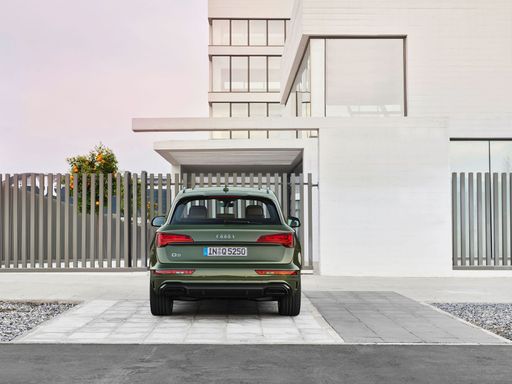 @ Audi AG
@ Audi AG
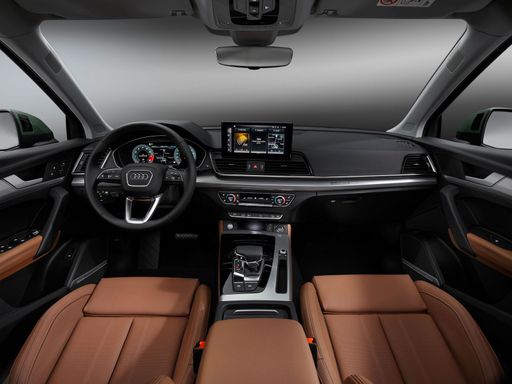 @ Audi AG
@ Audi AG
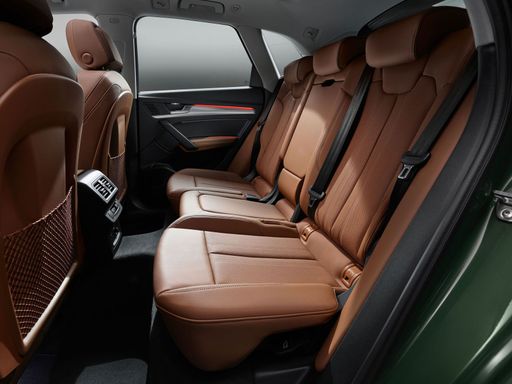 @ Audi AG
@ Audi AG
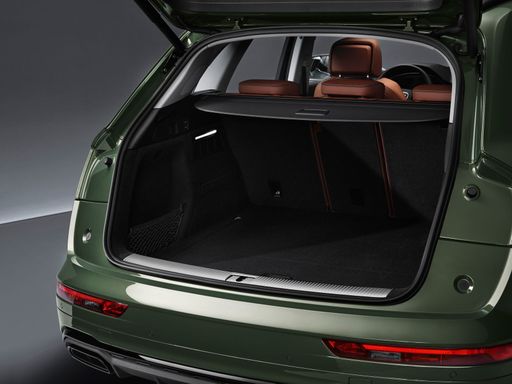 @ Audi AG
@ Audi AG
Renault Trafic Bus
The Renault Trafic Bus is a versatile and spacious option for those needing to transport multiple passengers comfortably. With its modern design and practical features, it is well-suited for both business and leisure purposes. Its efficient engine and smooth handling make it a reliable choice for long journeys.
details
 @ Audi AG
@ Audi AG
|
|
|
|
|
Costs and Consumption |
|
|---|---|
|
Price
44800 - 78900 £
|
Price
38200 - 54400 £
|
|
Consumption L/100km
2.5 - 8.3 L
|
Consumption L/100km
6.7 - 7.2 L
|
|
Consumption kWh/100km
-
|
Consumption kWh/100km
-
|
|
Electric Range
92 - 100 km
|
Electric Range
-
|
|
Battery Capacity
20.70 kWh
|
Battery Capacity
-
|
|
co2
56 - 189 g/km
|
co2
175 - 189 g/km
|
|
Fuel tank capacity
55 - 65 L
|
Fuel tank capacity
80 L
|
Dimensions and Body |
|
|---|---|
|
Body Type
SUV
|
Body Type
Bus
|
|
Seats
5
|
Seats
8 - 9
|
|
Doors
5
|
Doors
4
|
|
Curb weight
1910 - 2245 kg
|
Curb weight
2031 - 2352 kg
|
|
Trunk capacity
433 - 520 L
|
Trunk capacity
-
|
|
Length
4717 mm
|
Length
5080 - 5480 mm
|
|
Width
1900 mm
|
Width
1956 mm
|
|
Height
1647 - 1656 mm
|
Height
1973 - 1974 mm
|
|
Max trunk capacity
1300 - 1473 L
|
Max trunk capacity
3200 - 4000 L
|
|
Payload
490 - 565 kg
|
Payload
718 - 982 kg
|
Engine and Performance |
|
|---|---|
|
Engine Type
Plugin Hybrid, Petrol MHEV, Diesel MHEV
|
Engine Type
Diesel
|
|
Transmission
Automatic
|
Transmission
Manuel, Automatic
|
|
Transmission Detail
Dual-Clutch Automatic
|
Transmission Detail
Manual Gearbox, Automatic Gearbox
|
|
Drive Type
All-Wheel Drive, Front-Wheel Drive
|
Drive Type
Front-Wheel Drive
|
|
Power HP
204 - 367 HP
|
Power HP
110 - 170 HP
|
|
Acceleration 0-100km/h
4.5 - 8.6 s
|
Acceleration 0-100km/h
10.6 - 16.5 s
|
|
Max Speed
226 - 250 km/h
|
Max Speed
161 - 180 km/h
|
|
Torque
340 - 550 Nm
|
Torque
300 - 380 Nm
|
|
Number of Cylinders
4 - 6
|
Number of Cylinders
4
|
|
Power kW
150 - 270 kW
|
Power kW
81 - 125 kW
|
|
Engine capacity
1968 - 2995 cm3
|
Engine capacity
1997 cm3
|
General |
|
|---|---|
|
Model Year
2025
|
Model Year
2023 - 2025
|
|
CO2 Efficiency Class
B, E, F, G
|
CO2 Efficiency Class
G, F
|
|
Brand
Audi
|
Brand
Renault
|
What drivetrain options does the Audi Q5 have?
The Audi Q5 is available as All-Wheel Drive or Front-Wheel Drive.
The prices and data displayed are estimates based on German list prices and may vary by country. This information is not legally binding.
